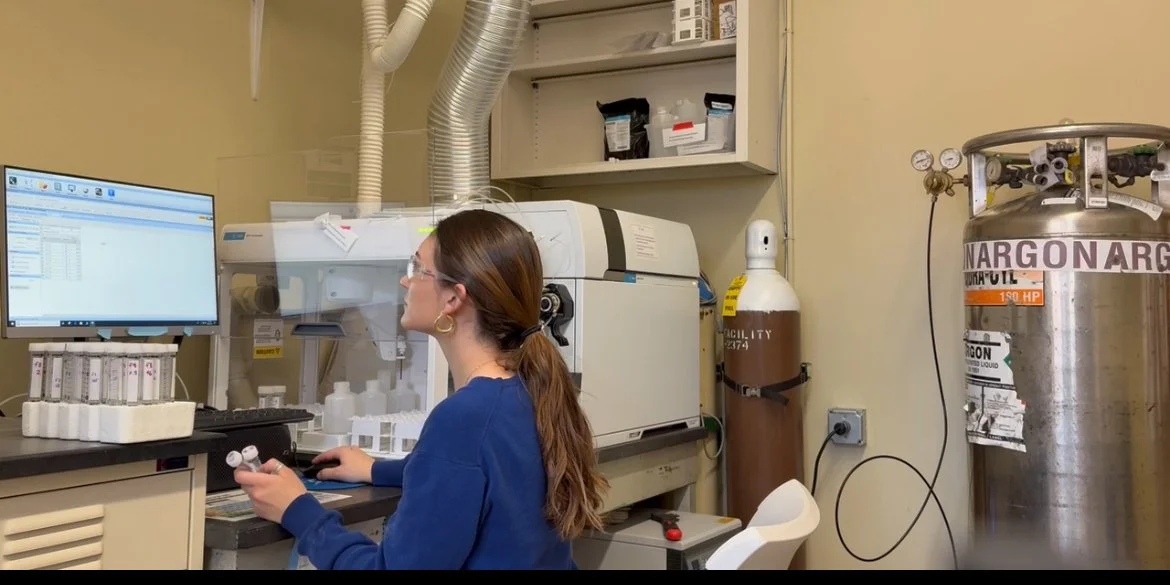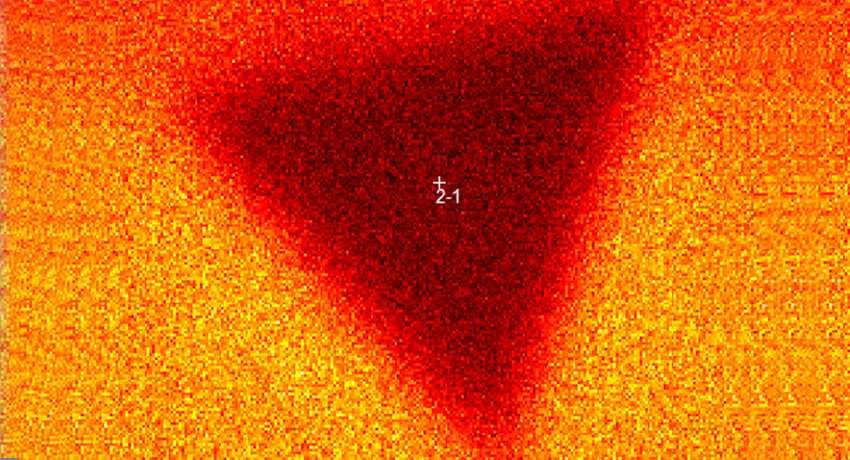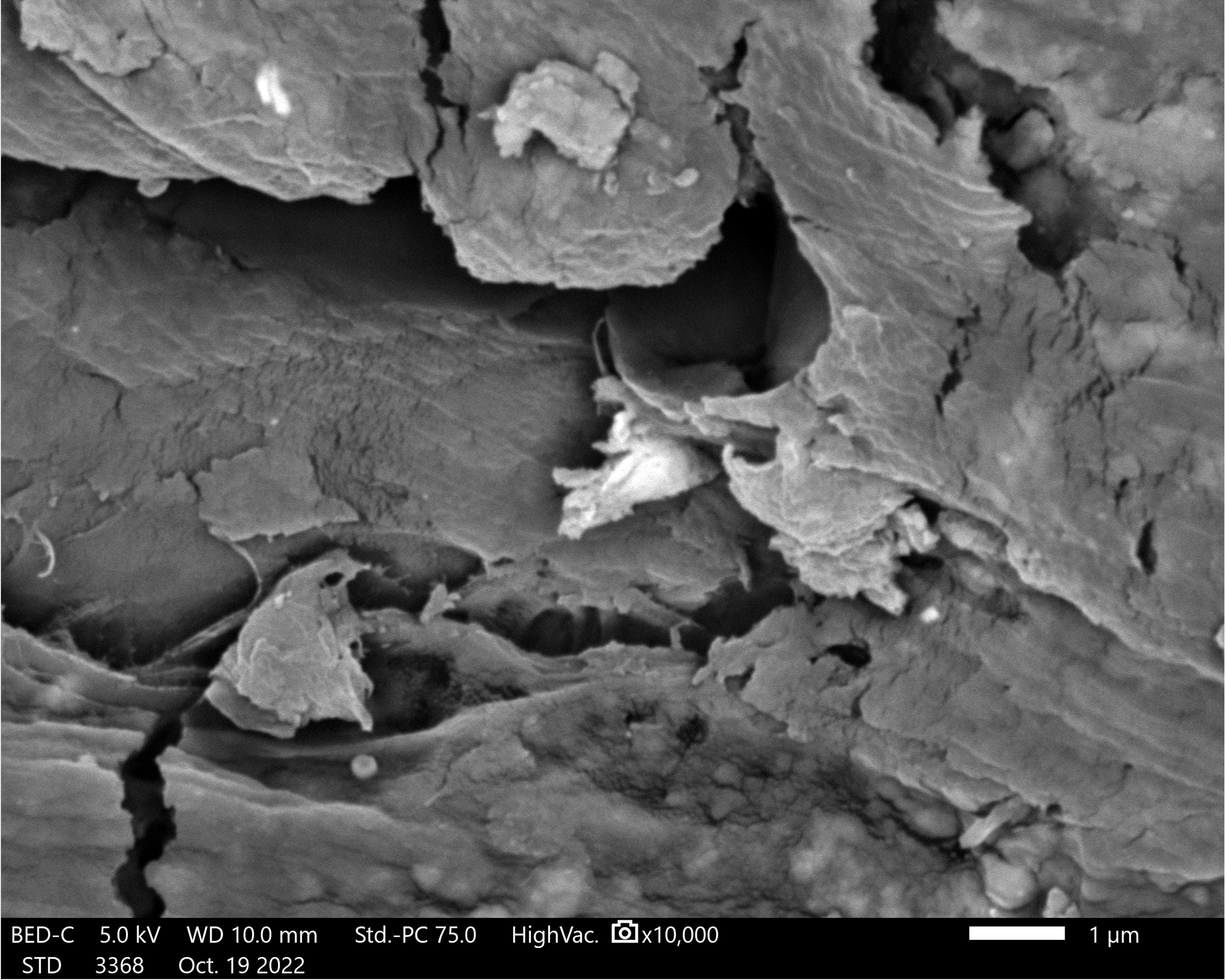Building a Toolbox
“If we want different results, we need different systems (i.e. our own). “
The Nìhì Toolbox
As an Indigenous assistant professor of environmental engineering, Dr. De Vore’s research has long focused on the environmental behavior of inorganic metals in mining-impacted regions—areas where contamination intersects with long-standing environmental and health disparities. Over the past decade, Dr. De Vore has employed advanced analytical techniques—ranging from spectroscopy and microscopy to materials science, molecular biology, and computational modeling—to deeply understand contaminant dynamics at multiple scales.
Building on this foundation, our group’s current work has evolved toward restoration and recovery, rooted in an Indigenous-centered research framework developed by Dr. De Vore. This framework integrates rigorous technical innovation with relational accountability to land, water, and community. We now design process treatment solutions inspired by natural systems—drawing from the resilience and regenerative capacity of ecosystems (i.e. fungi & bacteria) to inform engineering strategies that are both scientifically robust and culturally grounded.
Combining Indigenous Knowledge and Research Protocols with Place, Space, fundamental Diné philosophy and Family/Core values leads to the grander foundation of Indigenous Data Sovereignty. Dr. Cherie DeVore has over a decade of experience with several Native communities in the Western U.S. Community. This toolkit utilizes tangible and intangible tools (physical and metaphysical) that expand the definition of science and science communication—with the foundation of Indigenous Systems of Knowledge (ISK) and the Three Rs of Respect, Responsibility, and Reciprocity. A connecting objective to the toolkit centers “relationality,” sustainability and community above novelty.
-
Placed based knowledge
Indigenous Systems of Knowledge and the Three R’s (Respect, Reciprocity, Responsibility)
Physical and metaphysical
Local and traditional ecological knowledge
-
Newtonian Physics
Thermodynamics
Biogeochemistry
Indigenous ontology and epistemology
-
Abundance
Gratitude
Self-care
Data Sovereignty and Governance
Voices From the Field: Reflections on Restorative and Mechanistic Approaches to Environmental Science and Health Research on Indigenous Lands
Cherie De Vore, Ph.D., while a postdoctoral scholar at Stanford University, returns plant samples to the landscape after concluding her doctoral project on little bluestem grass. (Photo courtesy of Maliaq Kairaiuak)
Physical Tools - Instruments
Core Facilities
-
Electron Photoemission Spectroscopy and Imaging Laboratory for Observation at the Nanoscale is equipped with instruments such as the Scanning Electron Microscope and a Fourier Transform Infrared Spectroscopy system.
-
Karanikola Optimization Research for Environmental Sustainability laboratory house an ensemble of instruments for aqueous elemental analysis including an Inductively Coupled Plasma-Optical Emission Spectrometry and Ion Chromatography system. A Streaming Zeta Potential analyzer is also available for surface charge analysis of solids.
-
Arizona Laboratory for Emerging Contaminants possess a Liquid Chromatography Tandem Mass Spectrometry system for separation and mass analysis.
-
Laboratory for Electron Spectroscopy house an X-ray Photoelectron Spectroscopy system for elemental composition analysis of material surfaces.
-
Department of Chemical and Environmental Engineering













